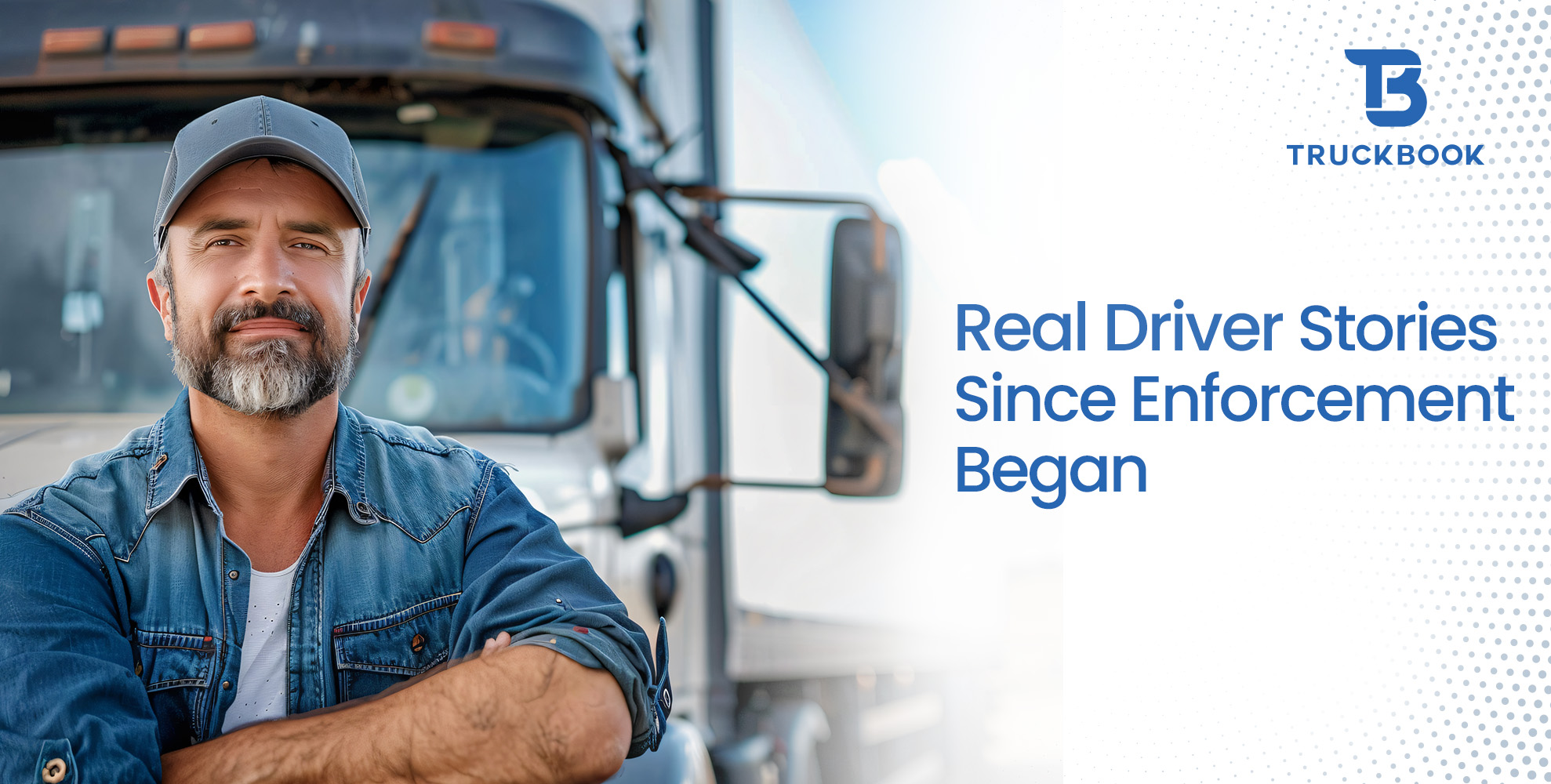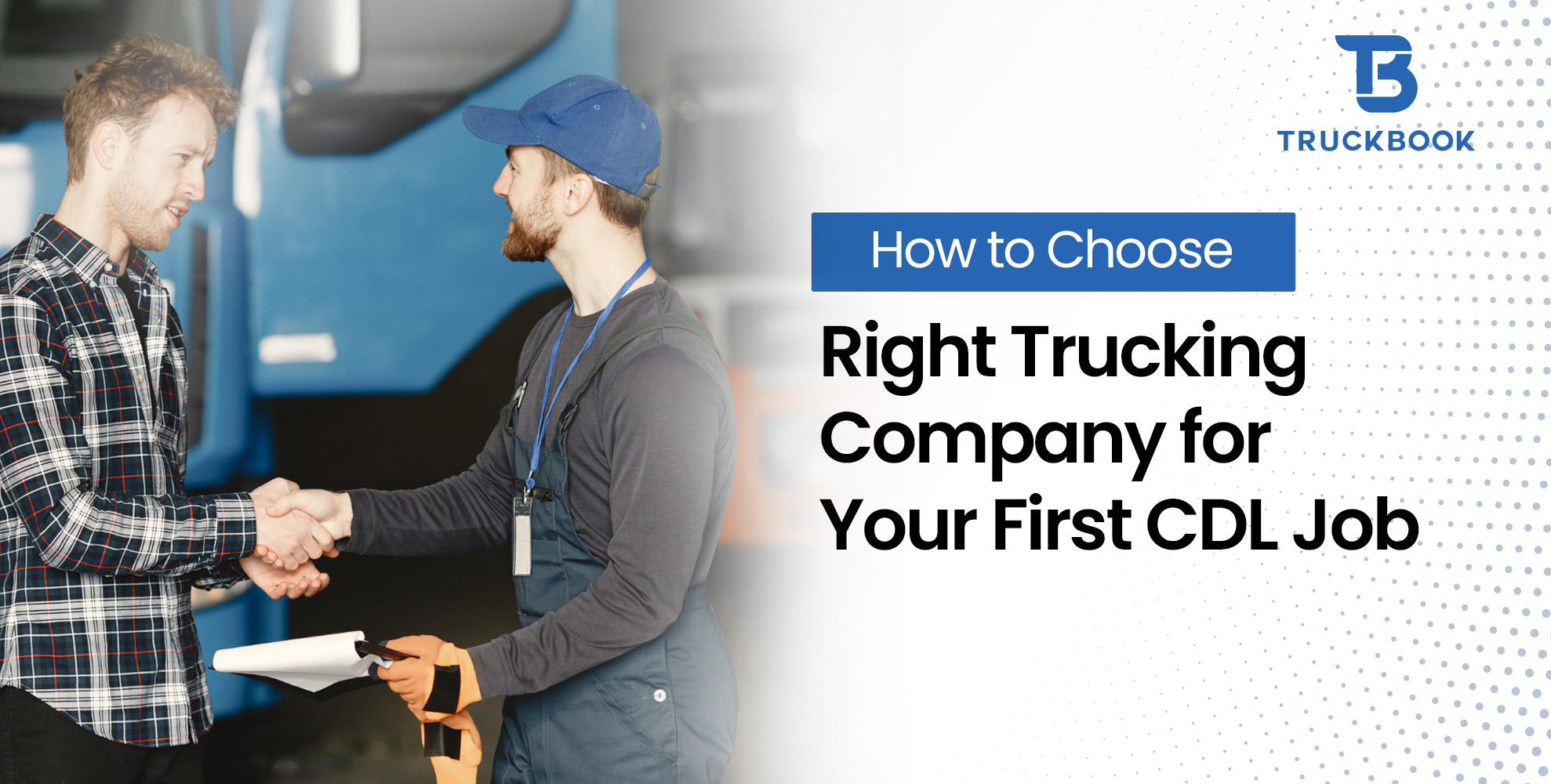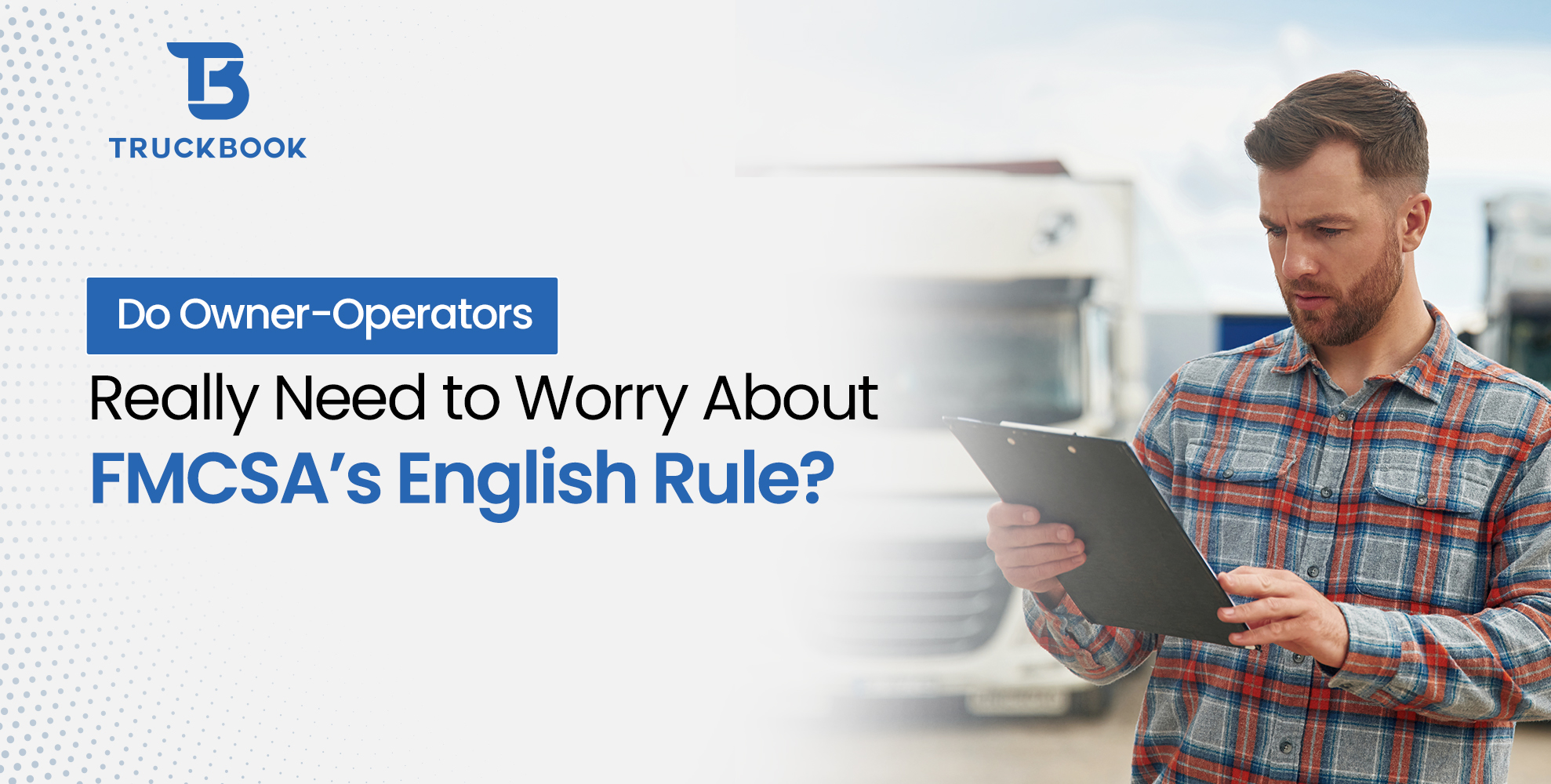The pandemic is ushering a new normal for truckers. Read on to find out more about how the COVID-19 situation is impacting the trucking industry.
With the coronavirus pandemic spreading farther over the last couple of weeks, consumers have had to change their habits. More people are ordering essential products and services online. But as consumers keep it home and work remotely, truckers are the heroes making those supplies available at the dispatch point.
The Uneven Impact of COVID-19 on Freight Services Demand
The pandemic has had a mixed impact on different industries.
Geotab released data showing that between March 16 and June 9, the overall U.S. and Canada commercial transportation activity dropped to 85% and 84% of normal activity and volume.
But compared to cars, Geotab showed trucking has remained active during the last couple of weeks of the pandemic concerns:

Trucks dominate the roads as they accelerate efforts to make essential supplies, according to Geotab.
Elsewhere, Amarsys and GoodData showed web-only retailers saw online orders shoot up 52% in the North America region between March 22 and April 4.
Shipments to discount and grocery retailers jumped 82% in the second week of April compared to the same period the year before, according to project44.
And then there is the recent OverDrive survey.
OverDrive reported in the last week of May 2020 what different owner-operators thought would happen for the industry in the next 30 days.
Here is what they said:

Whichever case, the trucking industry has been hard at working answering the call of duty to serve humanity in a way that could not have been predicted just a year ago.
To do that without putting the health and lives of truckers in danger, players are having to adapt to new ways of doing things.
Truckers are seeing an emergence of both short-term and long-term changes.
Some new changes are rooting themselves in and are likely to stay put even after the pandemic is squashed.
Others will dissipate soon, likely because they were tailored for operations in an emergency situation—and are unsustainable, or even dangerous, to continue to support in the long haul.
So what are these changes, and what can you do about them?
The Paycheck Protection Program Expands
Both Congress and the Senate approved the expansion of the PPP Flexibility Act.
The bill has:
- Extended PPP loan duration to 24 weeks from the previous eight weeks.
- The time you have for rehiring staff so you can qualify for loan forgiveness has extended to December 31.
- You can now use up to 75% of the funds for your payroll needs, up from the previous 60% cap, and still, qualify for loan forgiveness.
- If you don’t apply for loan forgiveness, you’ll still have up to 10 months from the date of the program’s expiration date to begin paying back the funds.
- The minimum maturity of the payback has increased to five years from the previous two.
You’ll want to head over to the PPP Flexibility Act page to catch up on all that it offers your trucking company.
You can then take advantage of the provisions to ensure your trucking business rides out of the COVID-19 storm.
How Truckers Hire and Orient New Staff is Changing
Finding, hiring, and onboarding truck drivers is proving a challenge for many fleet managers and dispatchers.
If you take up the PPP Flexibility Act offer and choose to rehire former drivers, you may find it easier to onboard staff that likely already understands how things work at your company.
But what if you are hiring new CDL drivers?
Granting new drivers access to remote onboarding material is one way. Using webinars is another.
Truckers are using mobile technology to find qualified truck drivers on the go.
For example, more than 10,000 truckers are using the TruckBook mobile app to connect, hire truck drivers, and rehire experienced drivers for both short-term and long-term engagements from anywhere, any time.
You can now also run a driver’s purported profile through a digital verification platform such as DriverIQ for contact-less, thorough screening.
Truckers Will Need to Protect their Truck Drivers On an Ongoing Basis
The Centers for Disease Control and Prevention (CDC) recommends keeping in-person interactions at a minimum to help curb the spread of the virus.
The CDC recently updated its safety recommendations for carriers, some of which include:
- Maintaining social distance at points of loading and offloading—whether at the customers’ points or at your own dispatch yard.
- Switching to electronic receipts and signature systems to avoid person-to-person contact
Small carriers should be especially vigilant about social distancing. According to the OOIDA and ATA’s joint survey respondents, more small carriers experienced “much worse” detentions than before the pandemic struck than larger fleets.
That means small trucking company drivers are finding themselves in physical contact with other drivers and customers who could, be infected with COVID-19.
The CDC has also established that the COVID-19 virus manifests more severely in elder people than in younger people.
That is a concern for the trucking industry because a majority of truck drivers are older compared to workers in other industries.
The OOIDA Foundation and the American Trucking Associations (ATA) conducted a joint survey that collected findings from 5,073 people, 77% of whom were truck drivers.
The survey showed as many as 67% of truck drivers came in at between 45 and 65 years old.
Couple that with the World Health Organization’s declaration that the virus could be around for the long-term, and you are going to have to provide new directions as far as protecting the health of your drivers goes.
So you may have to consider adding Personal Protective Equipment (PPEs) into your driver training and operations requirements programs, as an example.
Smart Truckers are Relying on Technology to Book More Loads and Find Truck Parking

DAT Freight and Analytics showed on April 8, the number of trucks looking for loads had “skyrocketed”.
To make any income, you are going to need to look to technology and use digital load boards, such as TruckBook, to make remote connections with shippers and brokers, who can, in turn, supply you with profitable loads.
TruckBook users can also use the app’s integrated truck parking and rest area finder, emergency/roadside repair services, and accurate GPS to remotely book and check into safe rest areas ahead of arrival—possibly at rush hours.
Small Trucking Companies are Putting Together Plans to Shield Themselves Against Emergencies in the Future
The ATA and OOIDA Foundation also found that 80% of surveyed small carriers and owner-operators did not have an existing plan for protecting themselves in times of natural disasters.
However, what the current situation has taught any fleet owner or manager is to have a backup plan for times like these.
While 35% of truckers believed the COVID-19 situation is a temporary obstacle to operations, 18% said they were re-thinking their entire truck business model and considering making permanent changes.
Conclusion
Like many other areas of life, trucking may never be the same again. And while many industry players view the pandemic as a temporal issue, smart truckers can start practicing new ways to get ahead now.
The discussed changes are just some of the emerging COVID-19 impacts that truckers are feeling right now. There could be more on the horizon. Is your business adapting to the new normal?







